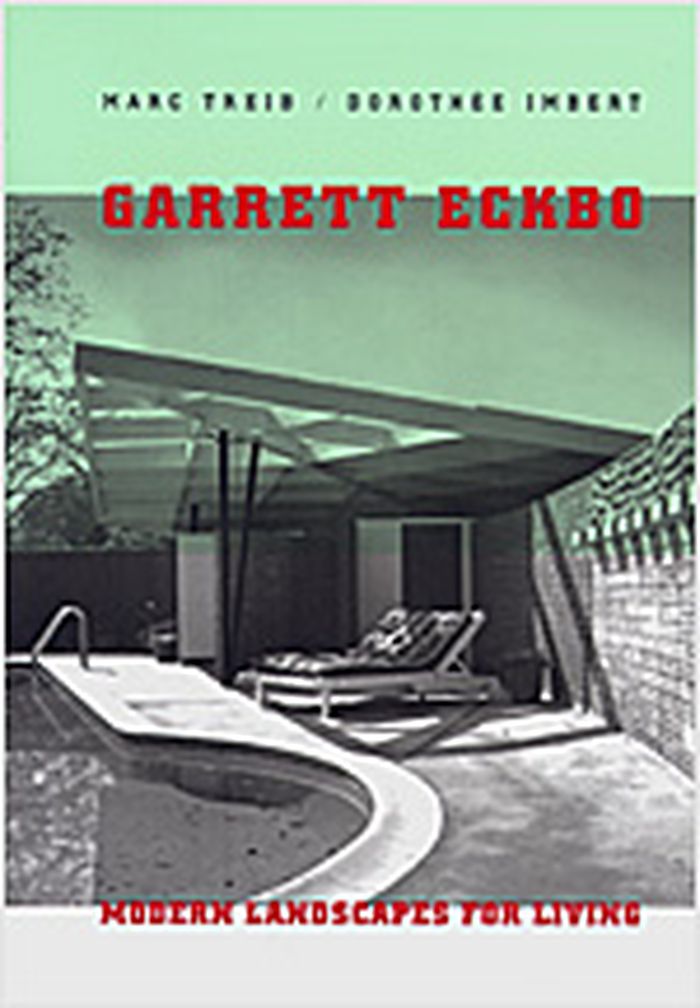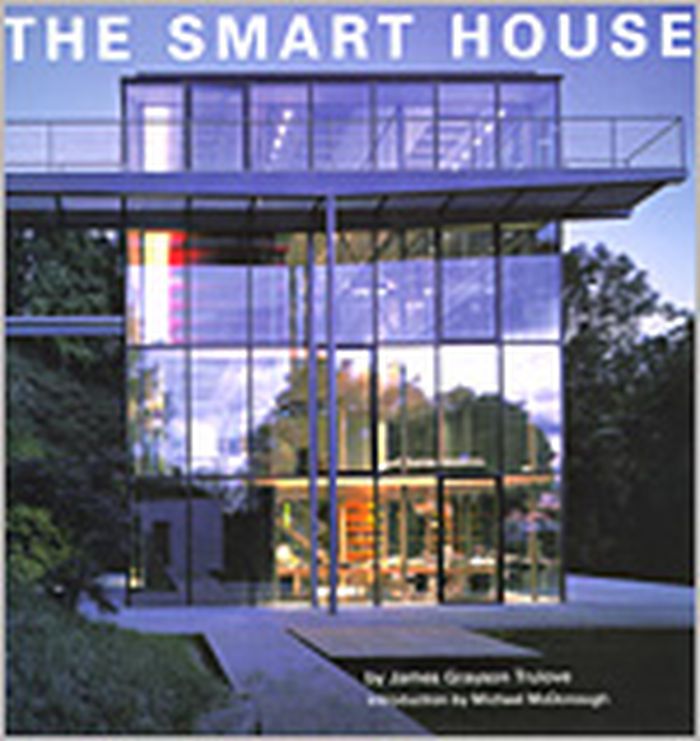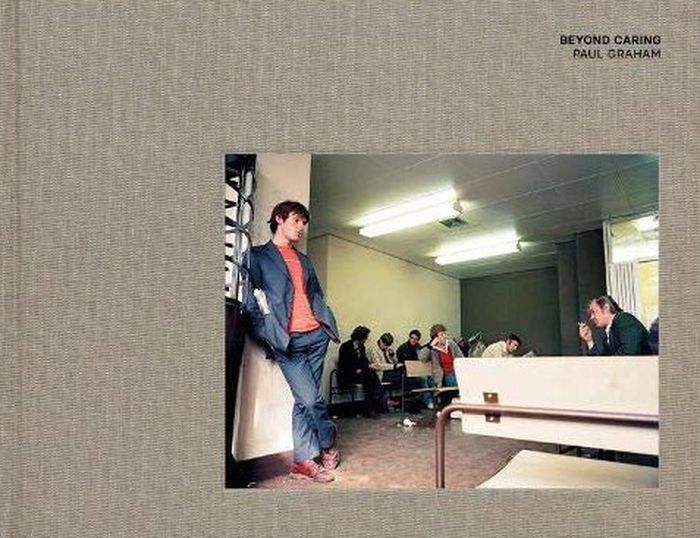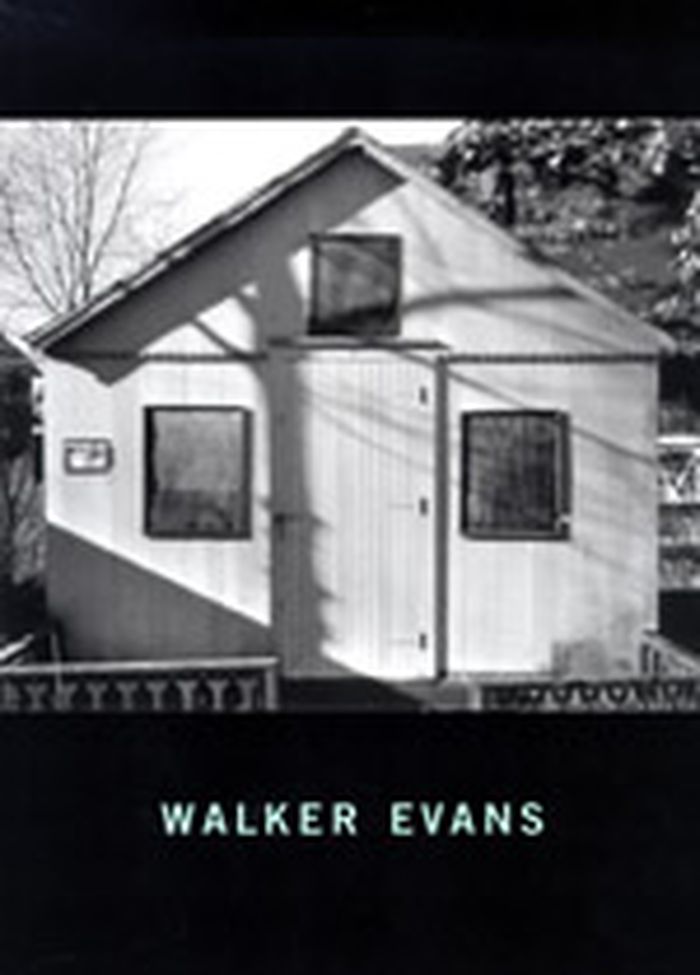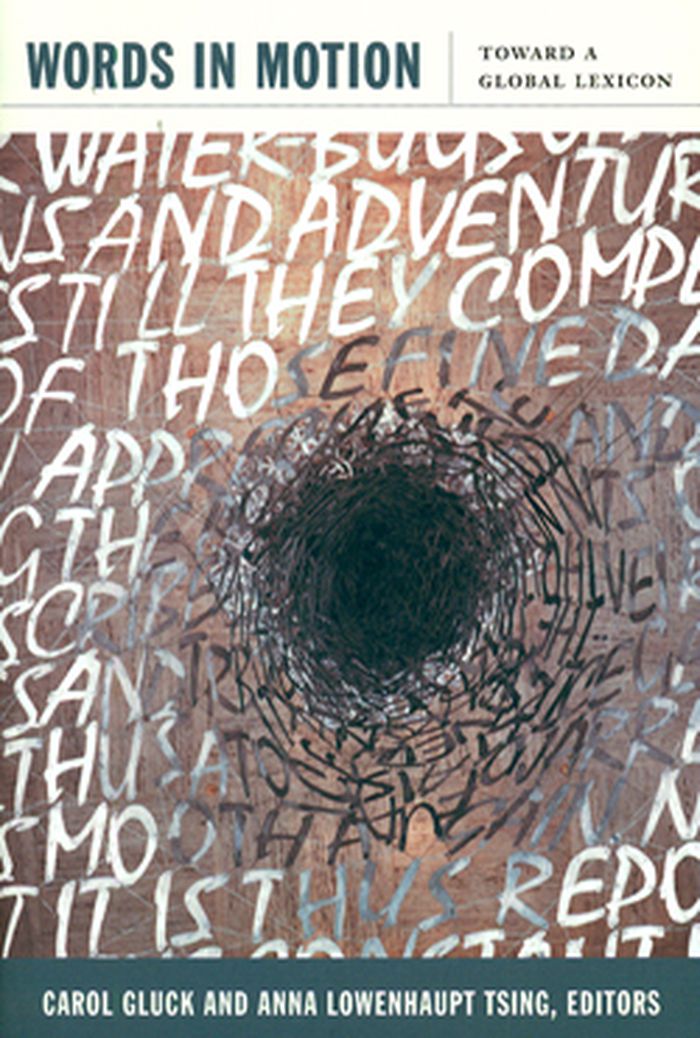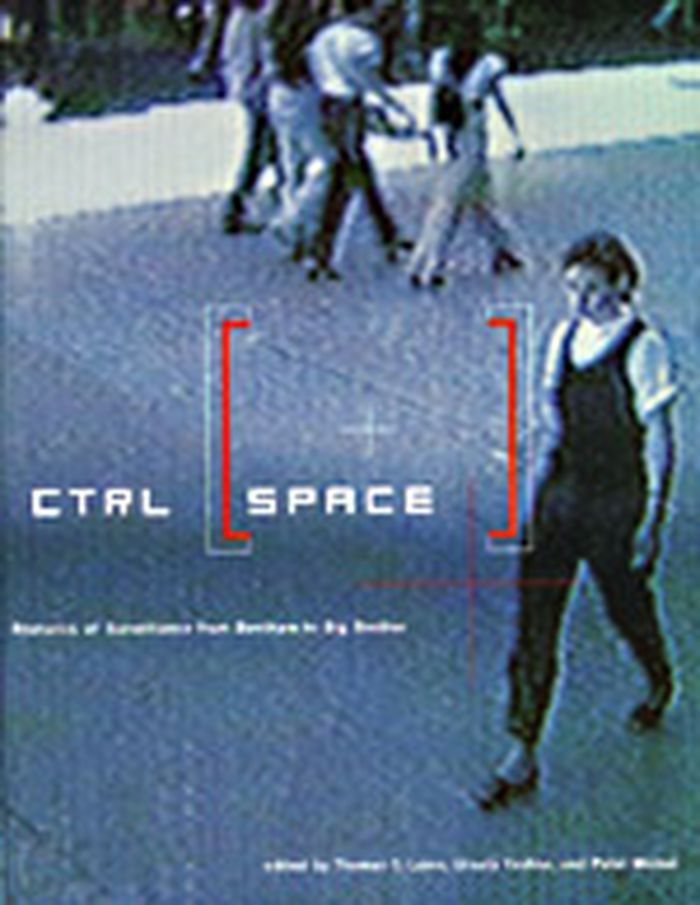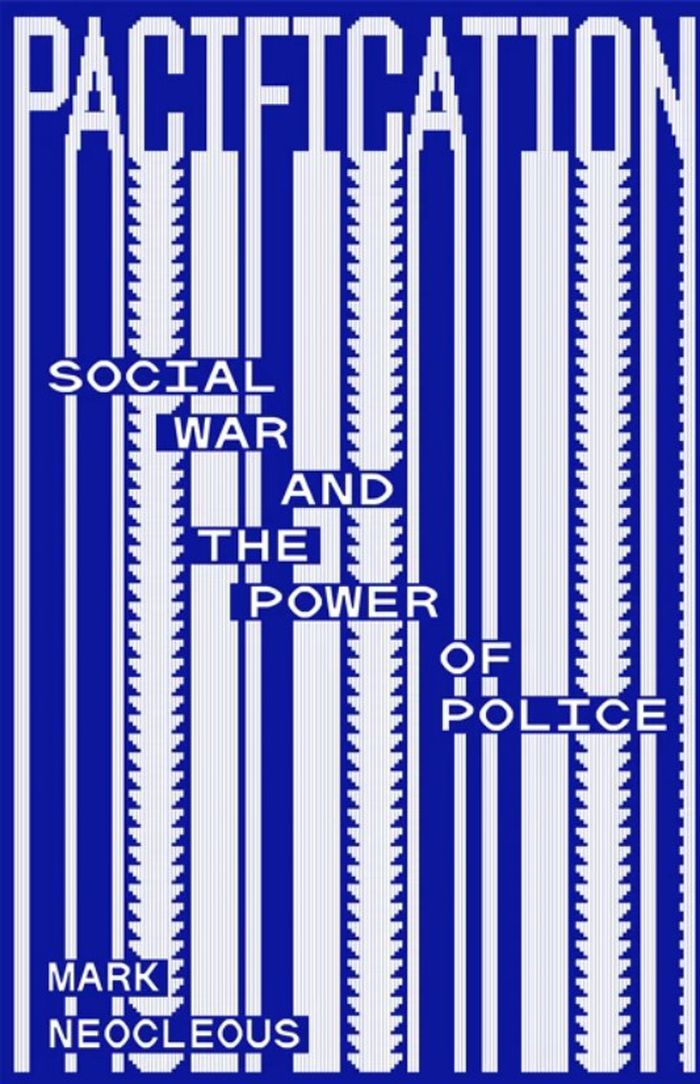$31.25
(disponible sur commande)
Résumé:
One of the central figures in modern landscape architecture, Garrett Eckbo (1910-2000) was a major influence in the field during an active career spanning five decades. While most of the early American designers concentrated on the private garden and the corporate landscape, Eckbo's work demonstrated innovative design ideas in a social setting. This engagement with(...)
Jardins
août 2005, Berkeley / Los Angeles / London
Garrett Eckbo : modern landscape for living
Actions:
Prix:
$31.25
(disponible sur commande)
Résumé:
One of the central figures in modern landscape architecture, Garrett Eckbo (1910-2000) was a major influence in the field during an active career spanning five decades. While most of the early American designers concentrated on the private garden and the corporate landscape, Eckbo's work demonstrated innovative design ideas in a social setting. This engagement with social improvement has stayed with Eckbo throughout his life, distinguishing both his intentions and achievements, from his early work for the Farm Security Administration to his partnerships (including one of the most prominent landscape firms in the world, Eckbo, Dean, Austin, and Williams--EDAW) and his years as chair of the Department of Landscape Architecture at the University of California, Berkeley. In this book that includes more than 100 of Eckbo's designs, Marc Treib examines the aesthetic formation of Eckbo's manner, and by implication the broader field of landscape architecture since the 1930s. Dorothée Imbert writes about Eckbo's social vision, including his belief that ultimately, landscape design is the "arrangement of environments for people." The book also contains a biographical and professional chronology and a complete bibliography of publications by and about Garrett Eckbo.
Jardins
The smart house
$59.95
(disponible sur commande)
Résumé:
Divided into three sections, "The Smart House" illustrates how technology is changing our homes. The book looks at three areas: Smart Technology, which examines five aspects of technology and how it's being integrated throughout the house: lighting design and window treatments; audio and video entertainment; voice and data management; security and access; and(...)
Architecture résidentielle
novembre 2003, New York
The smart house
Actions:
Prix:
$59.95
(disponible sur commande)
Résumé:
Divided into three sections, "The Smart House" illustrates how technology is changing our homes. The book looks at three areas: Smart Technology, which examines five aspects of technology and how it's being integrated throughout the house: lighting design and window treatments; audio and video entertainment; voice and data management; security and access; and environmental controls and energy management. Smart Materials, which shows new building materials such as titanium, electronic glass that can become transparent or opaque at the flick of a switch, polycarbonate materials, laser-perforated metals, all of which are changing the way homes are built and the ways in which we use and perceive spaces within these structures. Smart Design looks at more extravagant innovations such as swimming pools cantilevered in mid-air, windows that recreate digital views at night, interior spaces whose functions are transformed through architectural slight of hand and computer aided design, all of which point to new ways of thinking about how we live and how we use space in this increasingly space-challenged world. Case studies of ten recently constructed homes are detailed to illustrate each aspect of this technology and to show the full potential technology affords modern home design.
Architecture résidentielle
$83.95
(disponible sur commande)
Résumé:
Originally self-published in 1985, Paul Graham’s renowned series, ‘Beyond Caring’, was made in the waiting rooms and corridors of the Social Security and Unemployment offices around the UK, documenting the long waits, queues and poor conditions of an overburdened system, to produce a powerful series of photographs conveying the hardship people experienced. Denied official(...)
Paul Graham: Beyond caring, New edition
Actions:
Prix:
$83.95
(disponible sur commande)
Résumé:
Originally self-published in 1985, Paul Graham’s renowned series, ‘Beyond Caring’, was made in the waiting rooms and corridors of the Social Security and Unemployment offices around the UK, documenting the long waits, queues and poor conditions of an overburdened system, to produce a powerful series of photographs conveying the hardship people experienced. Denied official permission to make the work, Graham’s photographs were taken discreetly, usually without looking through the camera, resulting in a spatial disorientation that emphasised the unmoored distress of vulnerable citizens. The work shocked many on its release – leading Magnum photographers were outraged by its use of colour in a classic documentary topic, while others celebrated how it straddled the world of activism and art (it was exhibited at both Trade Union conferences and the Museum of Modern Art, New York). Graham forged a fresh form of engaged photography, mixing elements of social documentary, ‘new colour’ and reportage to create a striking body of work that endures to this day. Many decades have passed since their making in 1984, but these images have grown not only in photographic importance, but also as a unique historic record of the mid-1980s unemployment crisis in the UK.
Monographies photo
$70.00
(disponible sur commande)
Résumé:
Inspired by the rise of environmental psychology and increasing support for behavioral research after the Second World War, new initiatives at the federal, state, and local levels looked to influence the human psyche through form, or elicit desired behaviors with environmental incentives, implementing what Joy Knoblauch calls 'psychological functionalism.' Recruited by(...)
The architecture of good behaviour
Actions:
Prix:
$70.00
(disponible sur commande)
Résumé:
Inspired by the rise of environmental psychology and increasing support for behavioral research after the Second World War, new initiatives at the federal, state, and local levels looked to influence the human psyche through form, or elicit desired behaviors with environmental incentives, implementing what Joy Knoblauch calls 'psychological functionalism.' Recruited by federal construction and research programs for institutional reform and expansion — which included hospitals, mental health centers, prisons, and public housing—architects theorized new ways to control behavior and make it more functional by exercising soft power, or power through persuasion, with their designs. In the 1960s – 1970s era of anti-institutional sentiment, they hoped to offer an enlightened, palatable, more humane solution to larger social problems related to health, mental health, justice, and security of the population by applying psychological expertise to institutional design. In turn, Knoblauch argues, architects gained new roles as researchers, organizers, and writers while theories of confinement, territory, and surveillance proliferated. 'The Architecture of Good Behavior' explores psychological functionalism as a political tool and the architectural projects funded by a postwar nation in its efforts to govern, exert control over, and ultimately pacify its patients, prisoners, and residents.
Théorie de l’architecture
Walker Evans
$37.50
(disponible sur commande)
Résumé:
Walker Evans (1903-1975) is best known for documenting the people and living conditions of the American South during the Great Depression. But his photographic accomplishments were much broader than these famous images: modernist views of New York City, such as his Flatiron Building, New York (1928-29) and Brooklyn Bridge (1929); architectural studies of Victorian homes(...)
Walker Evans
Actions:
Prix:
$37.50
(disponible sur commande)
Résumé:
Walker Evans (1903-1975) is best known for documenting the people and living conditions of the American South during the Great Depression. But his photographic accomplishments were much broader than these famous images: modernist views of New York City, such as his Flatiron Building, New York (1928-29) and Brooklyn Bridge (1929); architectural studies of Victorian homes and other buildings in Boston, Cape Cod, Saratoga Springs, and small towns in upstate New York; a series of spontaneous and surreptitious portraits taken on the Manhattan subway; scenes from Cuba in the 1930s; and his commercial assignments as a staff photographer and writer for Fortune magazine. The familiar work from his Farm Security Administration project is also here-views of the rural South immortalized in his collaborative book with James Agee, Let Us Now Praise Famous Men, along with urban images from New Orleans and Savannah. Essays by Christian A. Peterson, associate curator of photography at The Minneapolis Institute of Arts, describe Evans's photographic vision and include information about the acquisition history of many of the photographs in this book. Illustrated with almost one hundred high-quality black-and-white photographs, Walker Evans presents the full breadth of Evans's expansive and varied photographic art.
Monographies photo
$61.00
(disponible sur commande)
Résumé:
Ernst Schwitters (1918-1996) began his career in photography in his teens, converting the family bathroom into a darkroom with the consent of his parents, Kurt and Helma Schwitters, at the age of 15 - by which time Ernst was already experimenting with photograms, following a visit from family friend Man Ray. His father encouraged him to undergo formal training in(...)
The colors of Norway, 1943-1963
Actions:
Prix:
$61.00
(disponible sur commande)
Résumé:
Ernst Schwitters (1918-1996) began his career in photography in his teens, converting the family bathroom into a darkroom with the consent of his parents, Kurt and Helma Schwitters, at the age of 15 - by which time Ernst was already experimenting with photograms, following a visit from family friend Man Ray. His father encouraged him to undergo formal training in photography, but Ernst declined, preferring to teach himself, and by 1930 he was already participating in international exhibitions, having found his preferred subject matter in the landscapes of Norway and England. Having led the Schwitters family's migration from Nazi Germany to Norway, Ernst was to receive great acclaim there for both his landscape and architectural photography, and was also able to establish financial security through assignments for the Norwegian advertising agency SS-UNU-Foto. It is little known that Schwitters is one of color photography's pioneers: he began working with color film in 1943, and within two decades, he had created more than 10,000 slides, many of which have been digitally restored for this new volume. The only monograph on the photographer currently in print, the publication debuts Schwitters' vast oeuvre of color landscape photography, and also includes a fascinating account of the digital restoration process that allowed for their publication here.
Monographies photo
$31.95
(disponible sur commande)
Résumé:
On the premise that words have the power to make worlds, each essay in this book follows a word as it travels around the globe and across time. Scholars from five disciplines address thirteen societies to highlight the social and political life of words in Asia, Europe, and the Middle East, from the mid-nineteenth century to the present. The approach is consciously(...)
Théorie de l’architecture
décembre 2009
Words in motion: toward a global lexicon
Actions:
Prix:
$31.95
(disponible sur commande)
Résumé:
On the premise that words have the power to make worlds, each essay in this book follows a word as it travels around the globe and across time. Scholars from five disciplines address thirteen societies to highlight the social and political life of words in Asia, Europe, and the Middle East, from the mid-nineteenth century to the present. The approach is consciously experimental, in that rigorously tracking a specific word in specific settings frequently leads in unexpected directions and alters conventional depictions of global modernity. Such words as security in Brazil, responsibility in Japan, community in Thailand, and hijb in France changed the societies in which they moved even as they were changed by them. Some words threatened to launch wars, as injury did in imperial Britain's relations with China in the nineteenth century. Others, such as secularism, worked in silence to agitate for political change in twentieth-century Morocco. Words imposed or imported from outside could be transformed by those who wielded them to oppose the very powers that introduced them, as happened in Turkey, Indonesia, and the Philippines. Taken together, this selection of fourteen words reveals commonality as well as distinctiveness in modern societies, making the world look different from the interdisciplinary and transnational perspective of "words in motion."
Théorie de l’architecture
$63.95
(disponible sur commande)
Résumé:
This book investigates the state of panoptic art at a time when issues of security and civil liberties are on many people’s minds. Traditional imaging and tracking systems have given way to infinitely more powerful “dataveillance” technologies, as an evolving arsenal of surrogate eyes and ears in our society shifts its focus from military to domestic space. Taking as its(...)
mars 2002, Karlsruhe, Germany / Cambridge, Massachusett
CTRL (space) : rhetorics of surveillance from Bentham to big brother
Actions:
Prix:
$63.95
(disponible sur commande)
Résumé:
This book investigates the state of panoptic art at a time when issues of security and civil liberties are on many people’s minds. Traditional imaging and tracking systems have given way to infinitely more powerful “dataveillance” technologies, as an evolving arsenal of surrogate eyes and ears in our society shifts its focus from military to domestic space. Taking as its point of departure an architectural drawing by Jeremy Bentham that became the model for an entire social regime, CTRL [SPACE] looks at the shifting relationships between design and power, imaging and oppression, from the eighteenth to the twenty-first centuries. From the photographs taken with hidden cameras by Walker Evans and Paul Strand in the early twentieth century to the appropriation of military satellite technology by Marko Peljhan a hundred years later, the works of a wide range of artists have explored the dynamics of watching and being watched. The artists whose panoptical preoccupations are featured include, among others, Sophie Calle, Diller + Scofidio, Dan Graham, Pierre Huyghe, Michael Klier, Rem Koolhaas, Bruce Nauman, Yoko Ono, Thomas Ruff, Julia Scher, Andy Warhol, and Peter Weibel. This book, along with the exhibition it accompanies, is the first state-of-the-art survey of panopticism--in digital culture, architecture, television, video, cinema, painting, photography, conceptual art, installation work, robotics, and satellite imaging.
$45.95
(disponible en magasin)
Résumé:
In his new book, critical theorist Mark Neocleous engages in a sustained critique of the theory and practice of pacification. Combining philosophical analysis with historical detail, Neocleous analyses the development of pacification as a key concept through which capitalist modernity has been organised, offering readers the first book that treats pacification as an(...)
Pacification: Social war and the power of police
Actions:
Prix:
$45.95
(disponible en magasin)
Résumé:
In his new book, critical theorist Mark Neocleous engages in a sustained critique of the theory and practice of pacification. Combining philosophical analysis with historical detail, Neocleous analyses the development of pacification as a key concept through which capitalist modernity has been organised, offering readers the first book that treats pacification as an important concept in the history of state power and capitalism. Neocleous’s approach is fourfold, examining pacification as social warfare carried out through the ideology of peace; as a form of social police carried out through mechanisms of security; as law and order exercised through the permanent wars of class society; and as the myriad practices of power designed to counter insurgency. Making use of official documents of state, the writings of counterinsurgency thinkers and the ideas perpetuated by practitioners of counterrevolution, the book unravels the complex ways through which pacification generates new forms of social war and new modes of policing that reproduce capitalist order and fabricate obedient subjects. Through expansive accounts of war and police, and engaging with a range of topics from debt to death, from stasis to civil war, and from the police kettle to the politics of fear, the book offers a provocative analysis of the ways in which state and capital combine to build a pacified social order.
Social
$43.95
(disponible sur commande)
Résumé:
Written by an architect who has been designing and building affordable housing for thirty years, this well-illustrated book is both a call to create well-designed places for the homeless and a review of innovative and successful building designs that now serve diverse communities across the United States. Sam Davis argues for safe and functional architectural designs and(...)
Designing for the homeless : architecture that works
Actions:
Prix:
$43.95
(disponible sur commande)
Résumé:
Written by an architect who has been designing and building affordable housing for thirty years, this well-illustrated book is both a call to create well-designed places for the homeless and a review of innovative and successful building designs that now serve diverse communities across the United States. Sam Davis argues for safe and functional architectural designs and programs that symbolically reintegrate the homeless into society in buildings that offer beauty, security, and hope to those most in need. Davis presents a new perspective, considering the personal concerns of the homeless, the social costs of homelessness, and organizational and design issues. He examines problems of community fit and site planning, building design and orga-nization, and interior layout and suggests how to weigh costs and optimize expenditures. He asks and answers a range of challenging questions: What is possible and desirable when designing a new facility for the homeless? Should it be elegant or unassuming? What types of spaces should be included? How should it look and what should it feel like? Should it be more like a house or more like a dormitory? What is the proper balance between function, quality of construction, and architectural delight? Designing for the Homeless recounts how various communities have addressed the problem of housing the homeless, beginning with one of the most ambitious plans, the St. Vincent de Paul Village in San Diego, which opened in 1987. Davis vividly recounts the plight of those who become homeless.
Logements collectifs
